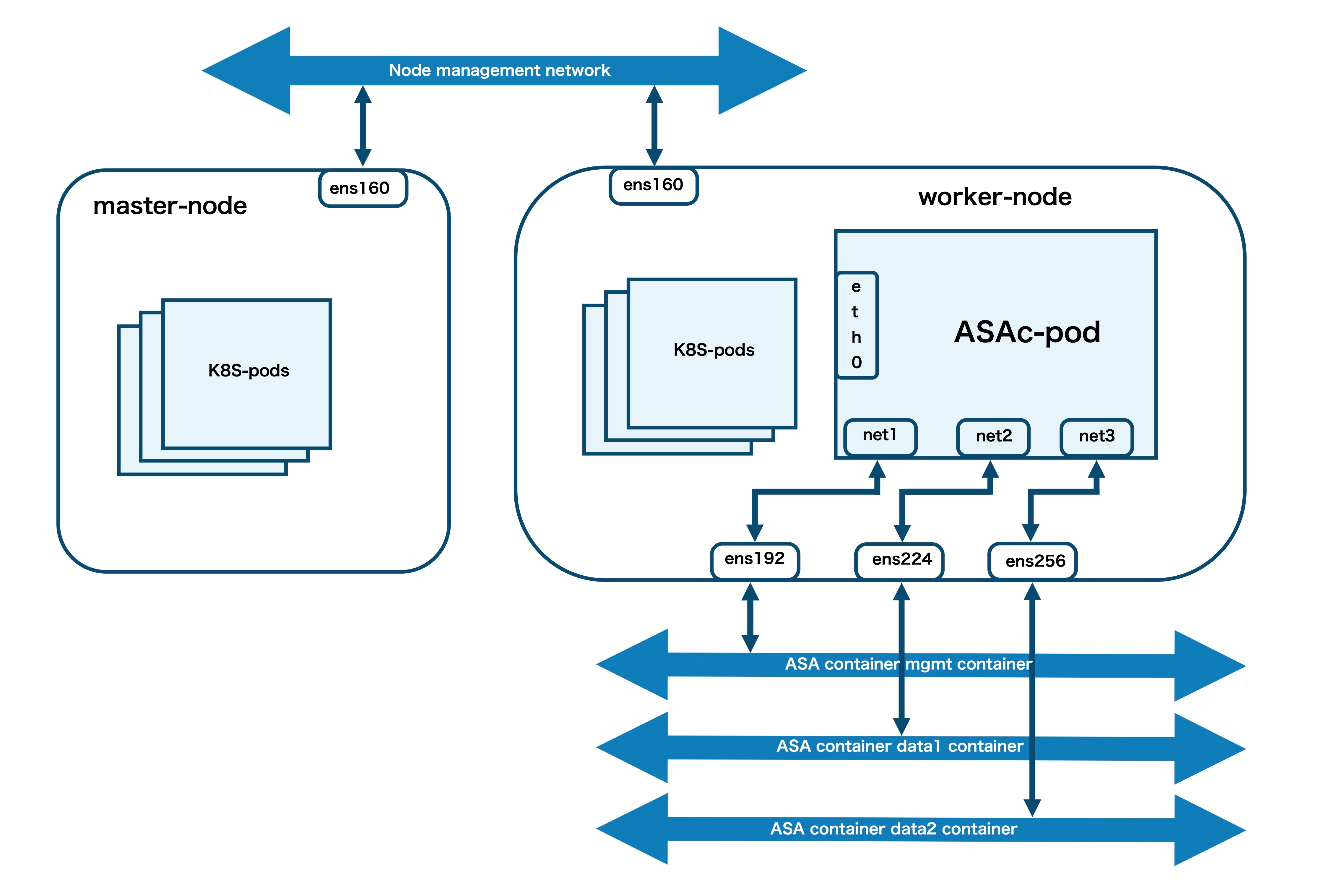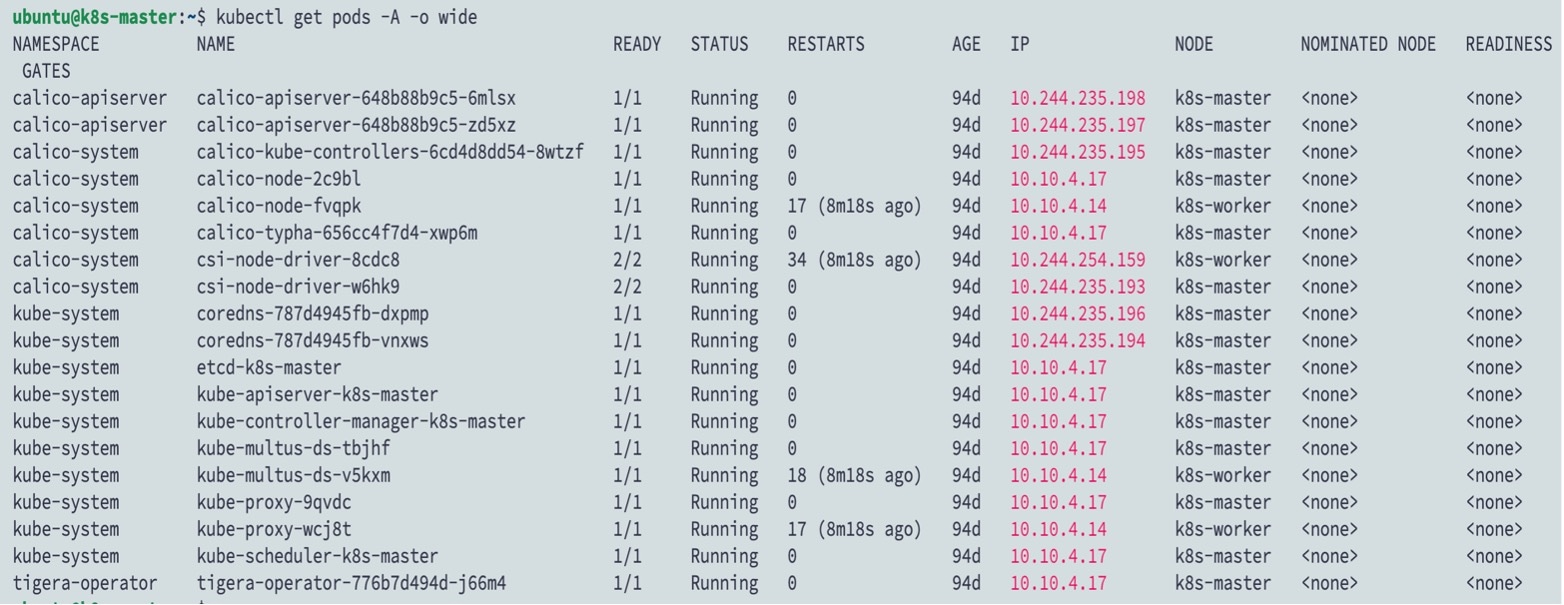Overview
A container is a software package that bundles up code and associated requirements such as system libraries, system tools, default settings, runtime, and so on, to ensure that the application runs successfully in a computing environment. From Secure Firewall ASA version 9.22, you can deploy the ASAc in an open-source Kubernetes environment. In this solution, the ASAc is integrated with the Container Network Interface (CNI) and is deployed as an Infrastructure-as-Code (IaC) solution. The integration with CNI provides improved flexibility in deployment of network infrastructure.







 Feedback
Feedback